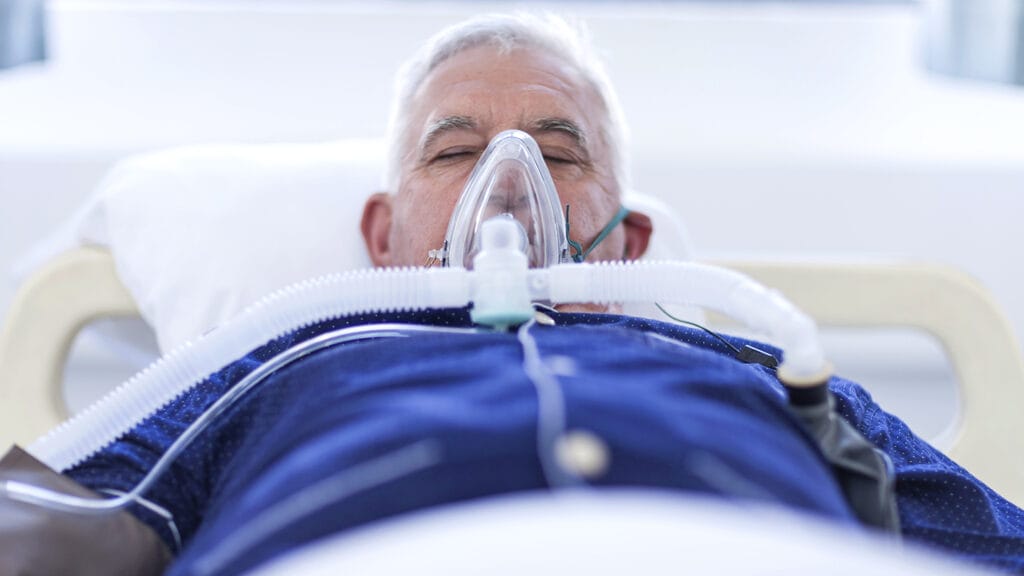
A new report published March 28 in the International Journal of Infectious Diseases showed the heavy clinical and financial burdens that result from invasive pneumococcal disease (IPD) and non-invasive all-cause pneumonia (ACP).
Data in the report was derived from 90 US hospitals in urban and rural areas that were large and small. The team evaluated data collected between October 2015 and February 2020 based on clinical codes as well as clinical tests. The data covered 88,182 patients, of whom 50.7% were women and about 60% were over the age of 65. Also, 98.6% had non-invasive ACP. Of 1,450 people with positive tests, 37.7% had isolates that were resistant to one or more classes of antibiotic medications.
The team considered who died while staying in a hospital, how long they stayed in a hospital, how much their hospital stay cost, and other metrics.
Of the participants, the hospital mortality rate was 8.3%, the median length of stay was six days and the cost for staying in the hospital was $9,791. The median hospital margin per admission was $11. People who had IPD had similar mortality rates and hospital margins compared to those with non-invasive ACP, but longer hospital stays and higher hospital costs.
Older age was linked with higher mortality rates, but similar median lengths of stay and costs per admission were seen in all ages. Being admitted to an intensive care unit and being over the age of 75 had the most impact on dying in the hospital from the infection compared to other factors. Being over 50, having a hospital stay within 90 days, having a moderate to high risk for pneumococcal disease, and being on Medicare or “other” insurance were also significant in terms of who was affected the most.
“Our study demonstrates that adults with IPD and non-invasive ACP are at risk for poor health outcomes,” the authors wrote. “A combined approach to reducing disease incidence, including expanded vaccination programs, improved diagnostics, new anti-pneumococcal antibiotics and targeted stewardship programs may be needed to reduce the burden of this disease.”



